The Heart of India
Jaipur, capital of Rajasthan

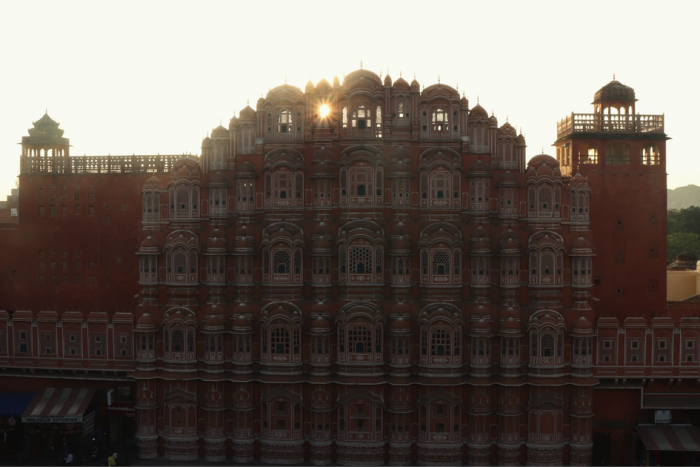
Just because summer is over doesn’t mean we can’t travel anymore! Terre Exotique whisks you away to the world’s largest democracy, a sub-continent of more than a billion people with 18 official languages and 238 different dialects, the largest producer and consumer of spices in the world: India.
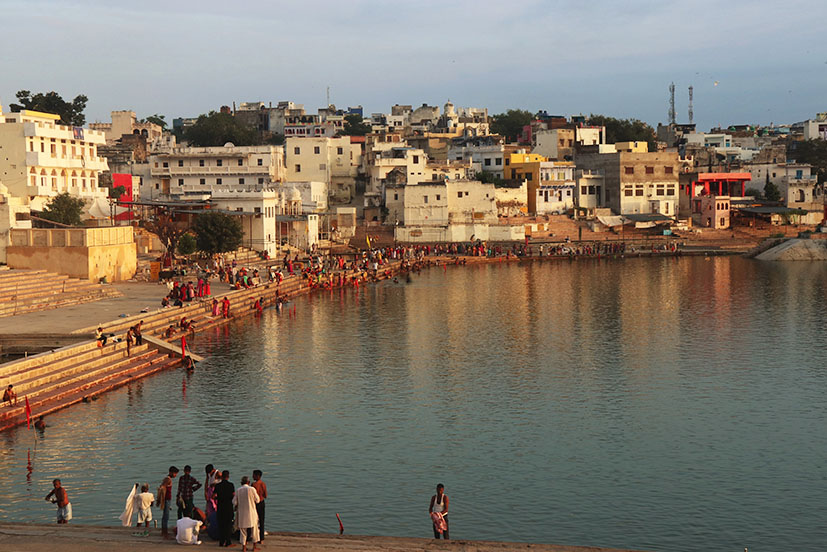
How can we even begin to describe India? Many have tried to define this vast nation, via its history, religion, and culture but none have really managed. The country lives in a sort of organised chaos, where pluralism is taken to the extreme, a country full of magnificent contrasts, where cows, pigs, goats and dogs roam the streets dodged by rickshaws equipped with a Wi-Fi connexion. When Europeans think of India they think of spirituality, wondrous bright colours, the caste system and of course, the ever-famous hot and spicy cuisine. Check out the “Where our travels took us” page on our blog to discover plenty of amazing stories about this fascinating region.
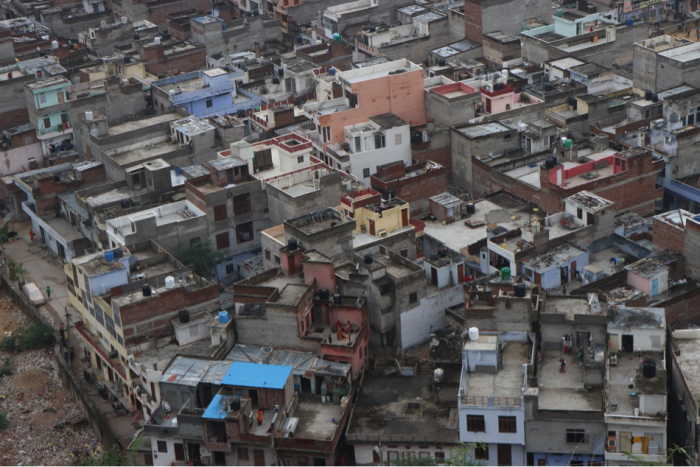
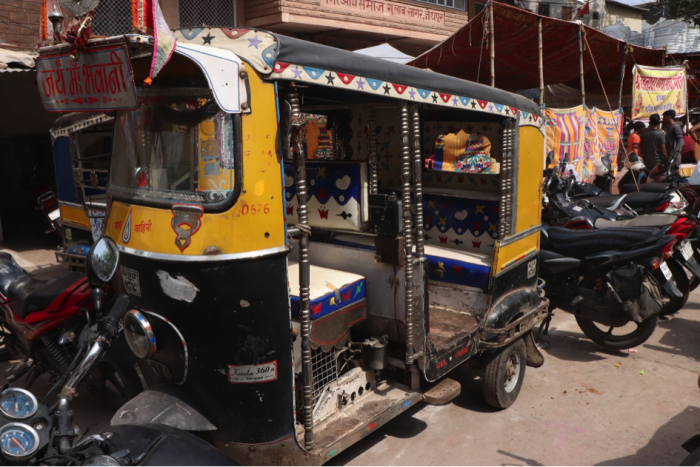
For 4 months, we will take you on a journey across Rajasthan and its highly colourful culture, Punjab and its masala cuisine, and even as far as southern India and its 1001 spices whose colours and flavours have enchanted the world for centuries. Cumin, coriander, turmeric, saffron, cloves, black, green and purple cardamom, peppers, tamarin, spice mixes (masala in Hindi). India has plenty in store to surprise your taste buds.
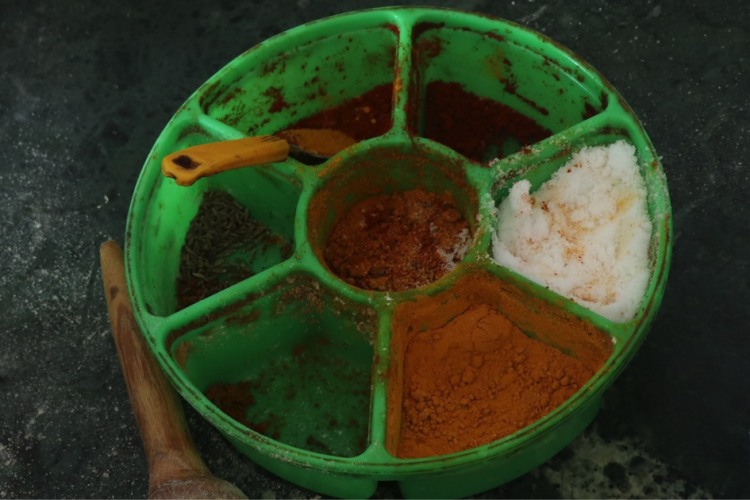
So how important are spices in everyday Indian life? Spices are used everywhere in Indian cuisine, whether in masala on potatoes, aubergines, spinach, lentils, chick peas, chicken, rice or chapatis (Indian flatbread) or as a table seasoning, or ground with a pestle and mortar to flavour tea and make the deliciously spicy and much-loved masala chai.
A huge difference between how spices are used in India and Europe is the sheer quantity of spices used in any one dish. In India they are more likely to use handfuls rather than pinches of spice… India produces about 80% of the world’s spices yet only exports about 11% (2013). That’s just how much spice they use! Don’t be surprised if you ask for your dish not to be spicy and it’s still pretty hot when you taste it. In India, “spicy” means chilli peppers. So, if you order a not too spicy dish it just means they will not season your dish with naga chilli pepper or other of their much-loved hot red chilli peppers.
So why do they use so much spice in India?

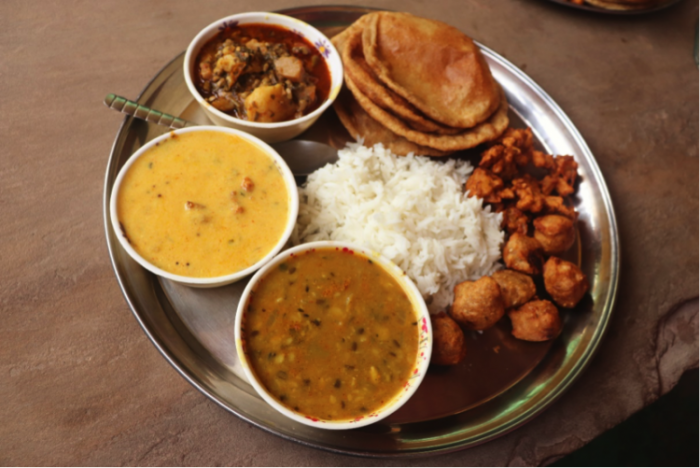
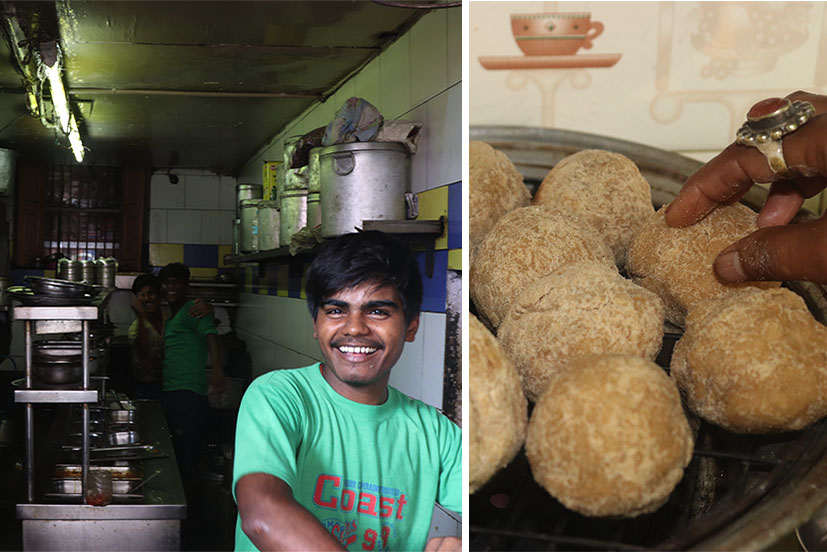
There are several reasons why and our friend Shelsa came up with the most logical one: “you eat what you find close at hand. Over the centuries, you become more resistant and get used to the spiciness. Then over time, marrying the different spices and flavours becomes a true art and a major part of any nation’s culture; it’s their local gastronomy”.
But there is also another reason: spices can reduce waste as they kill bacteria, which are wide spread in tropical countries like India. With the right amount of spices and chilli pepper, tainted meat becomes edible. In a country where 40 million children suffer from malnutrition (2015), the need to reduce waste is easy to understand. Indians fully recognize the medicinal and therapeutic benefits of spices. For example, ginger is good for sore throats, cardamom for digestion, cinnamon is an effective antioxidant and pepper is believed to reduce the risk of cancer. Indeed, many Indians use herbal remedies and spices before looking to conventional drug-based medicines that we tend to use in Europe.
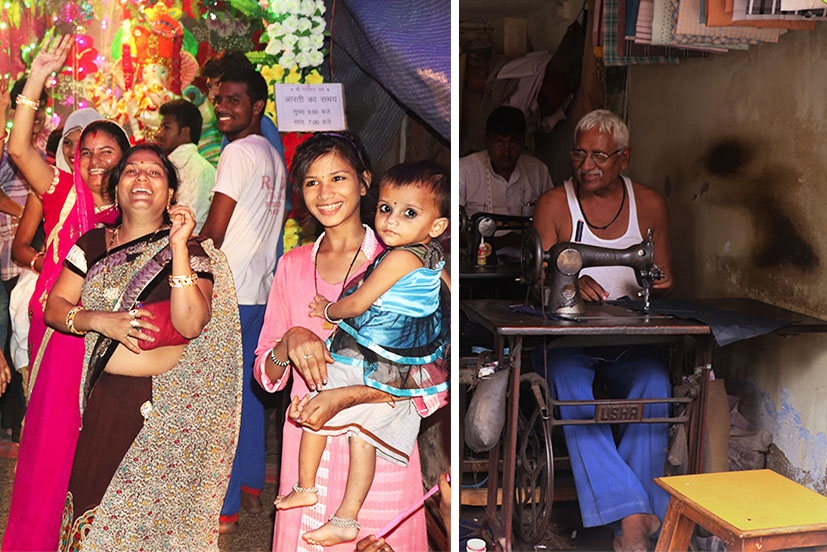
 Français
Français 